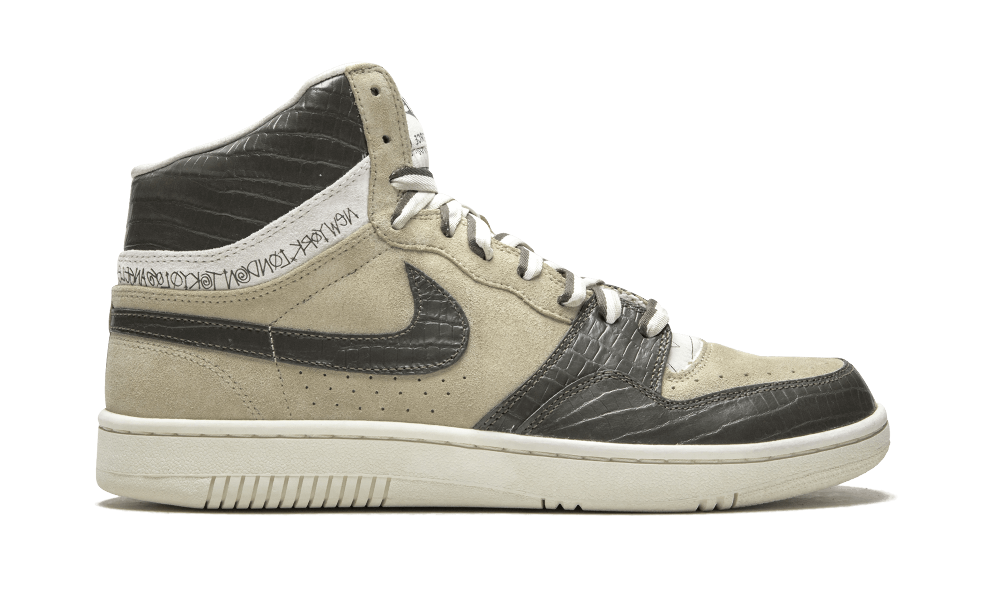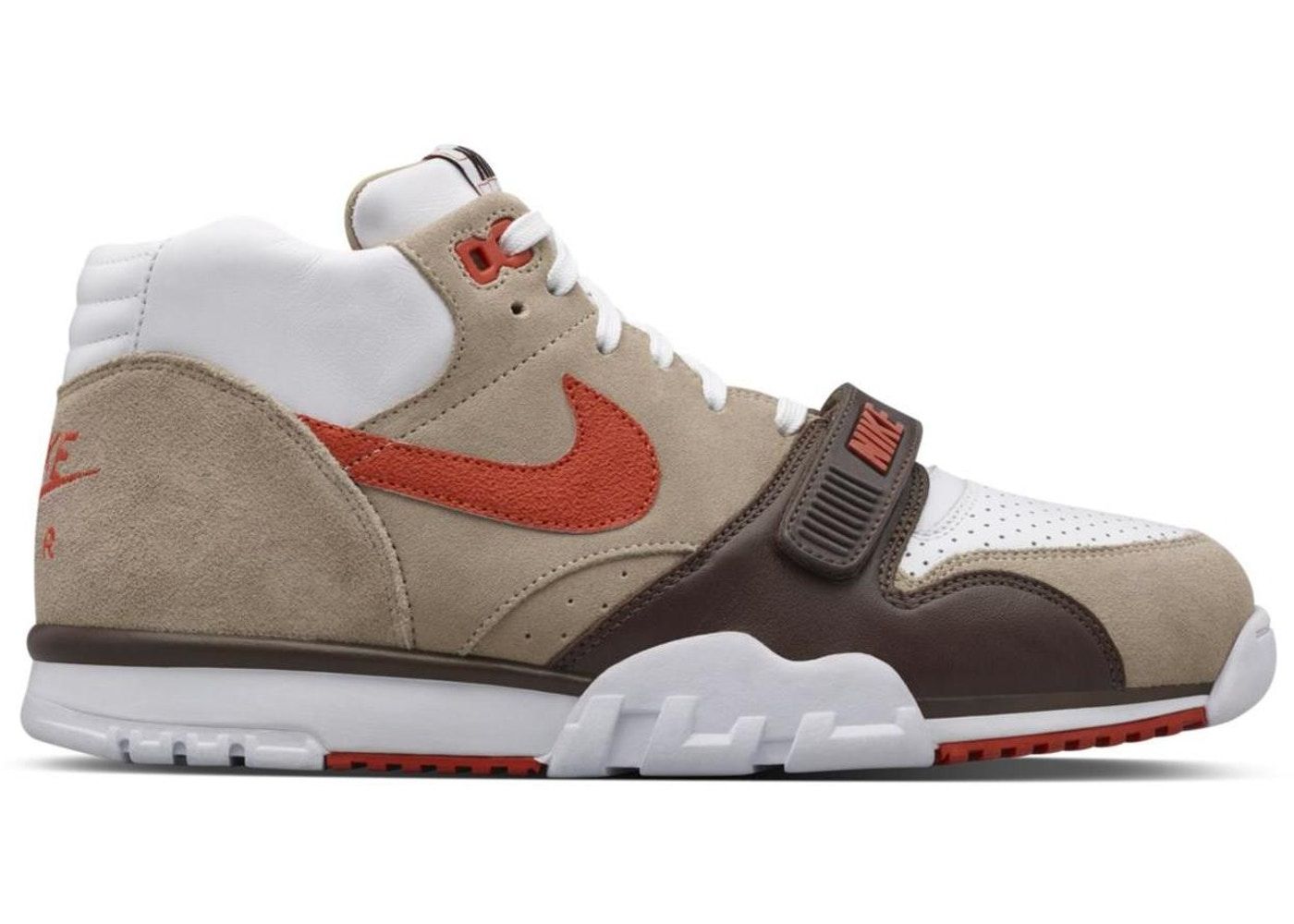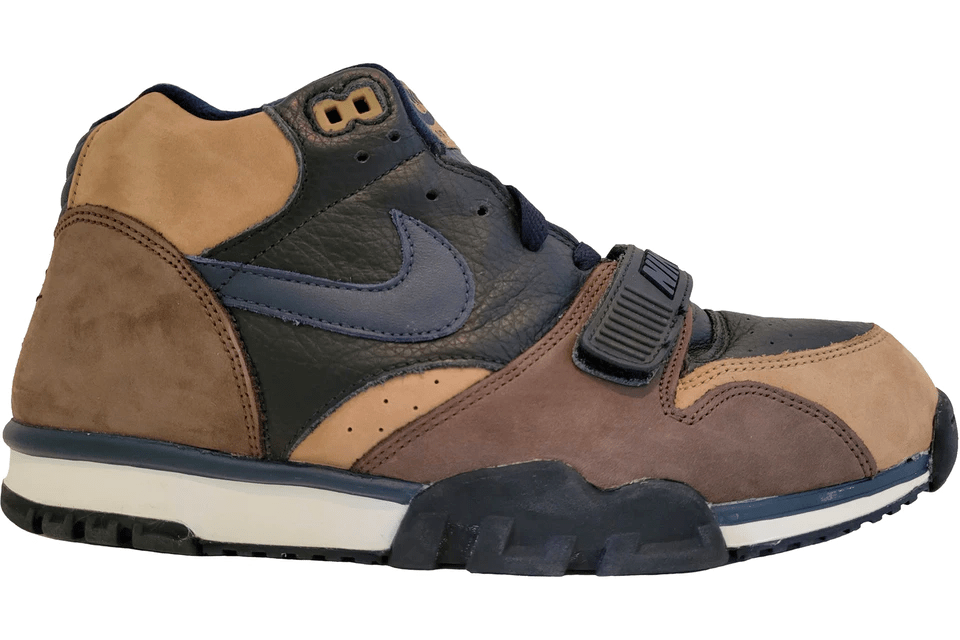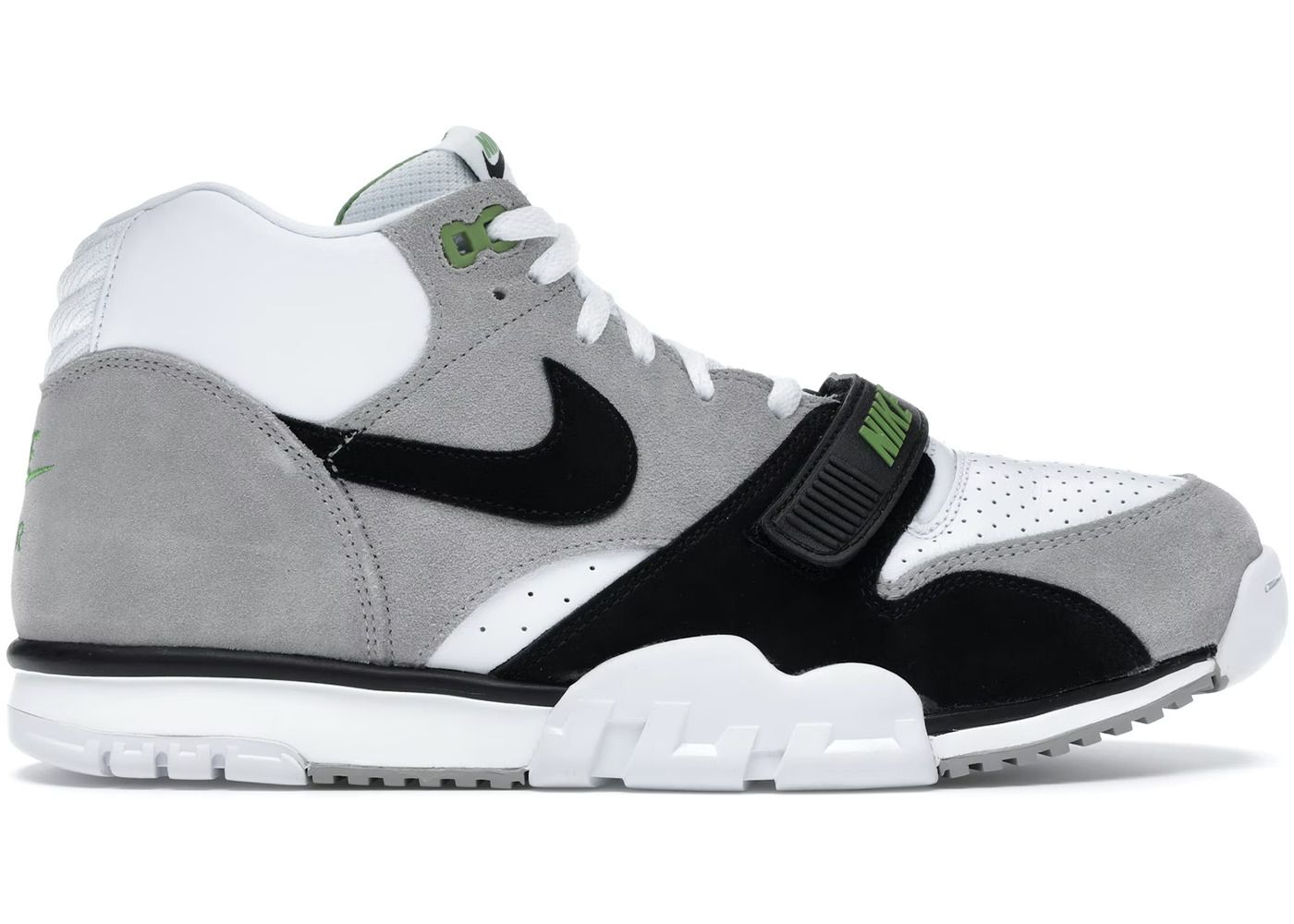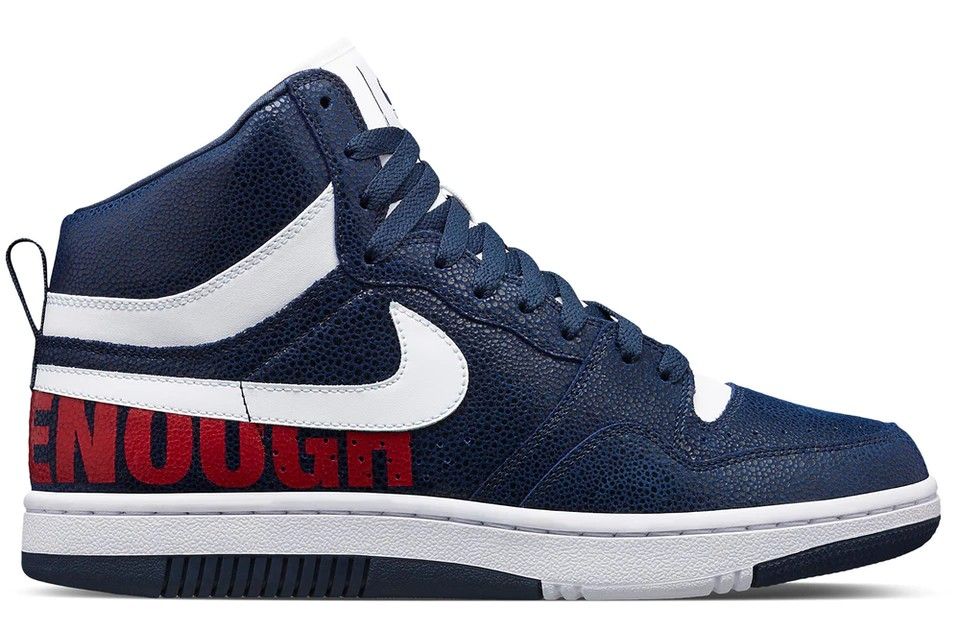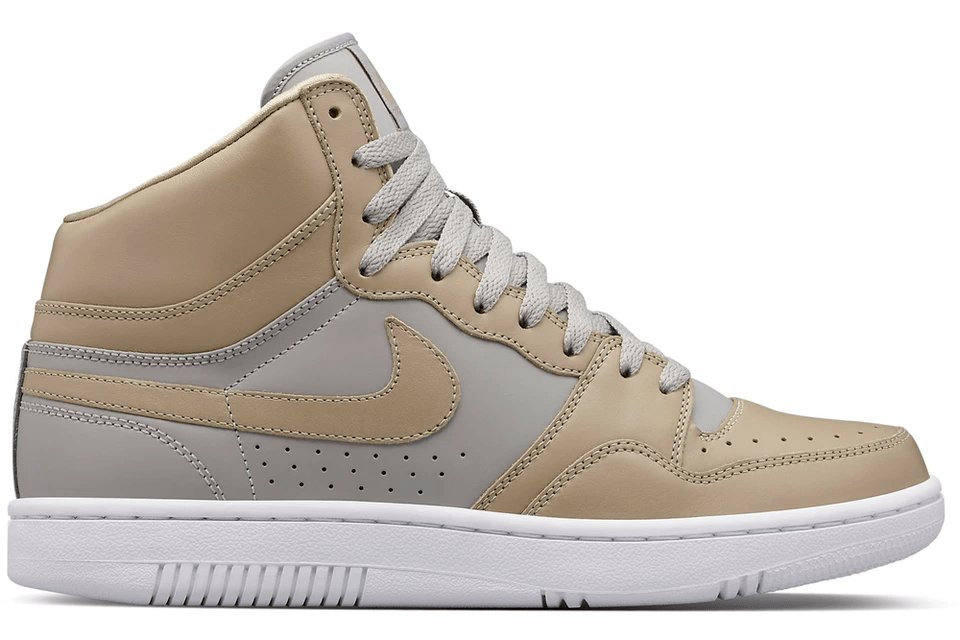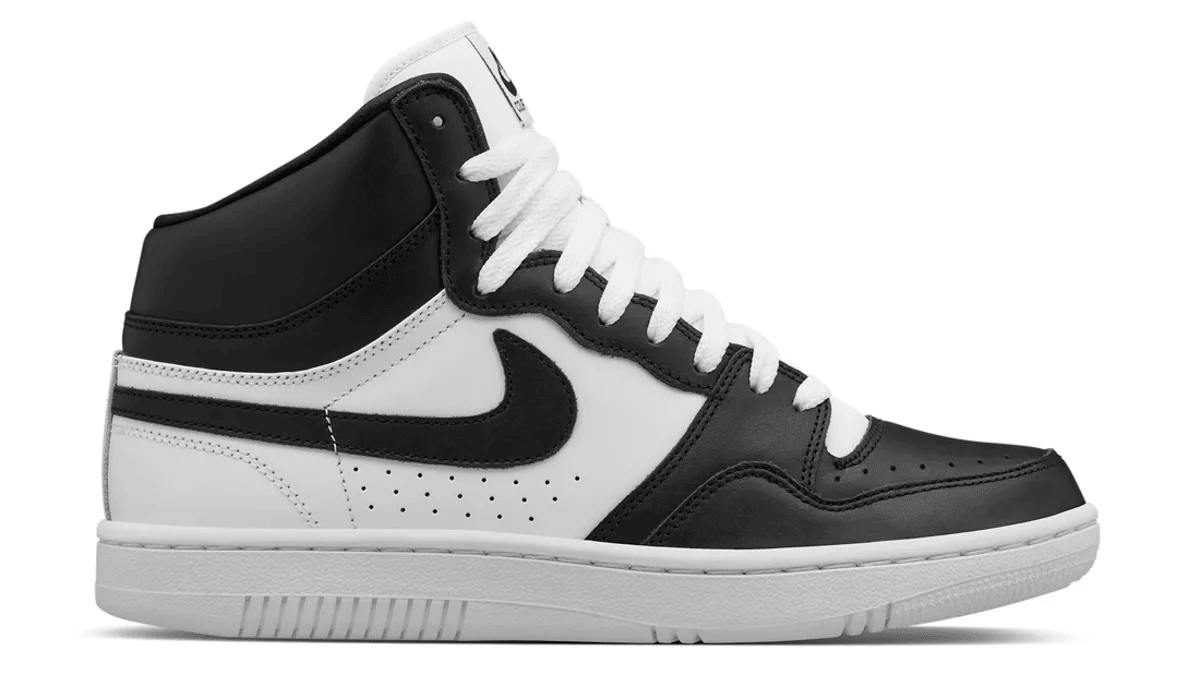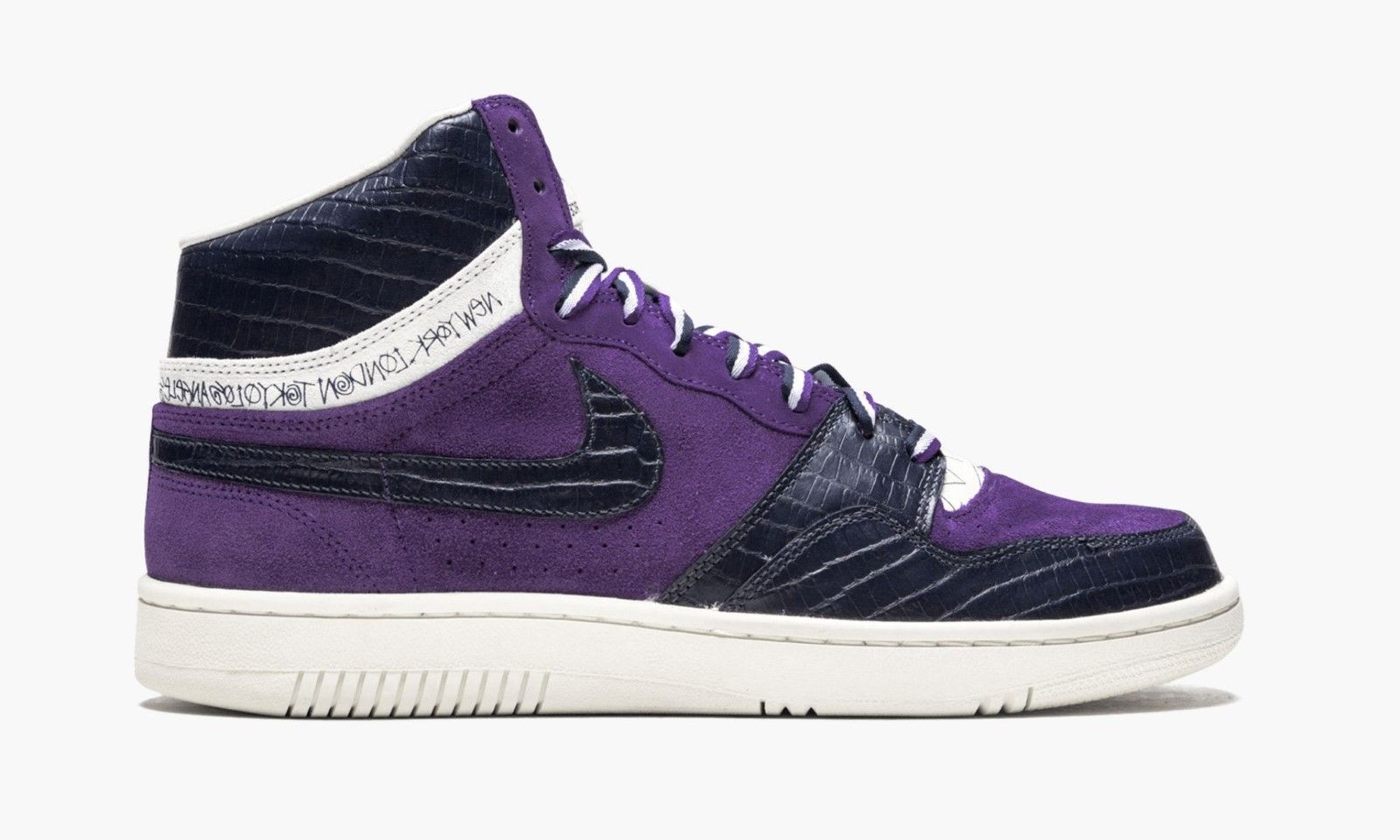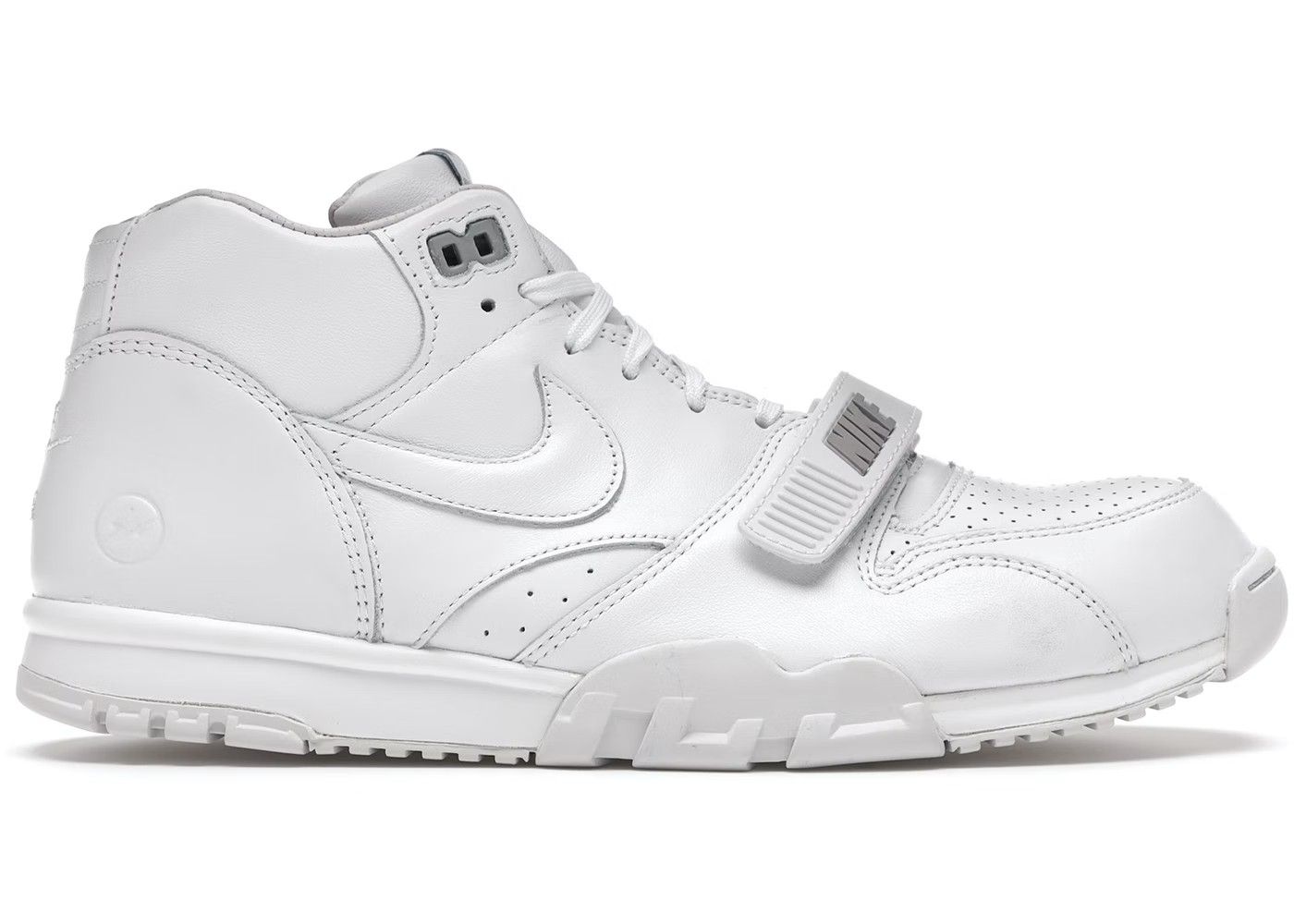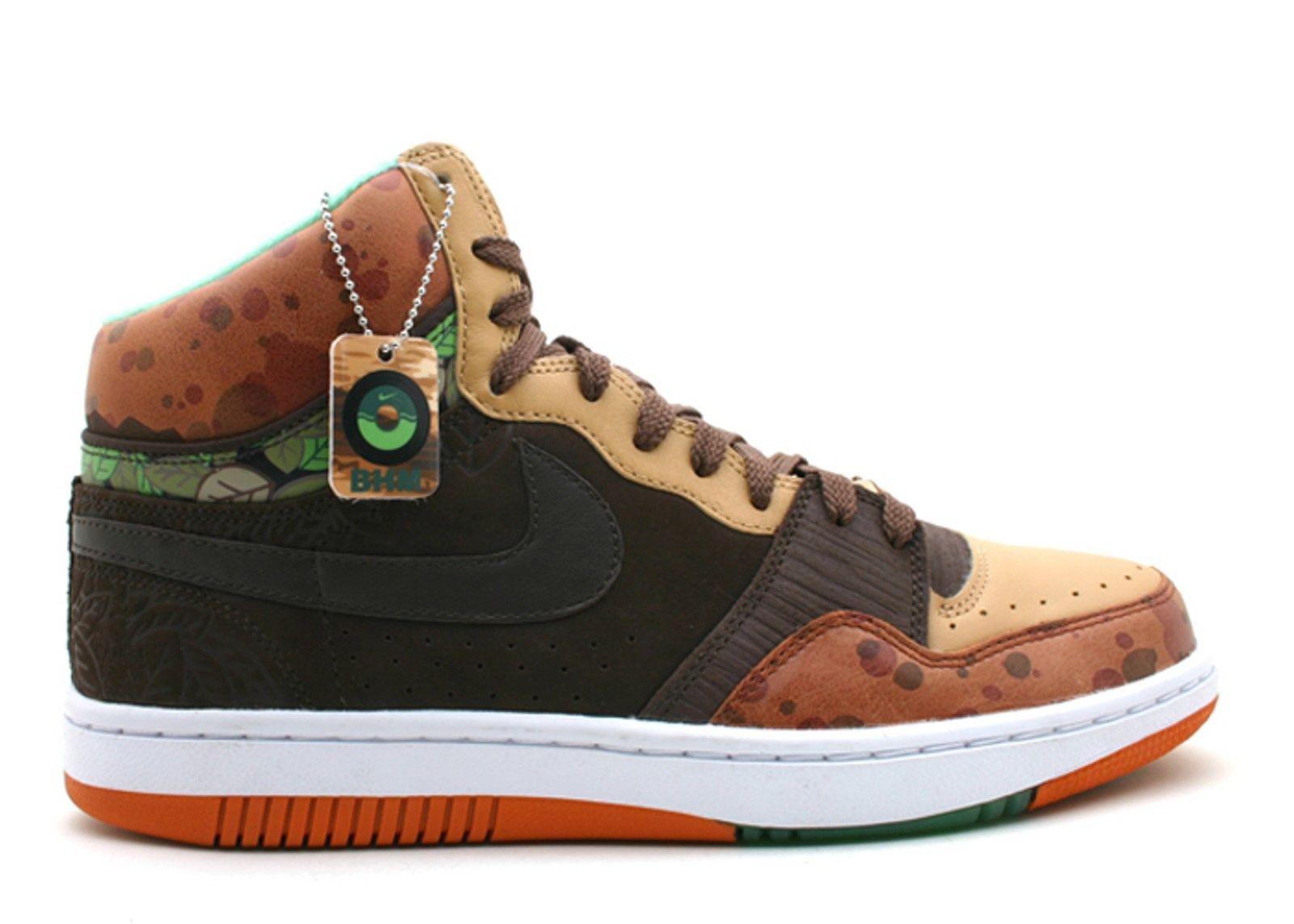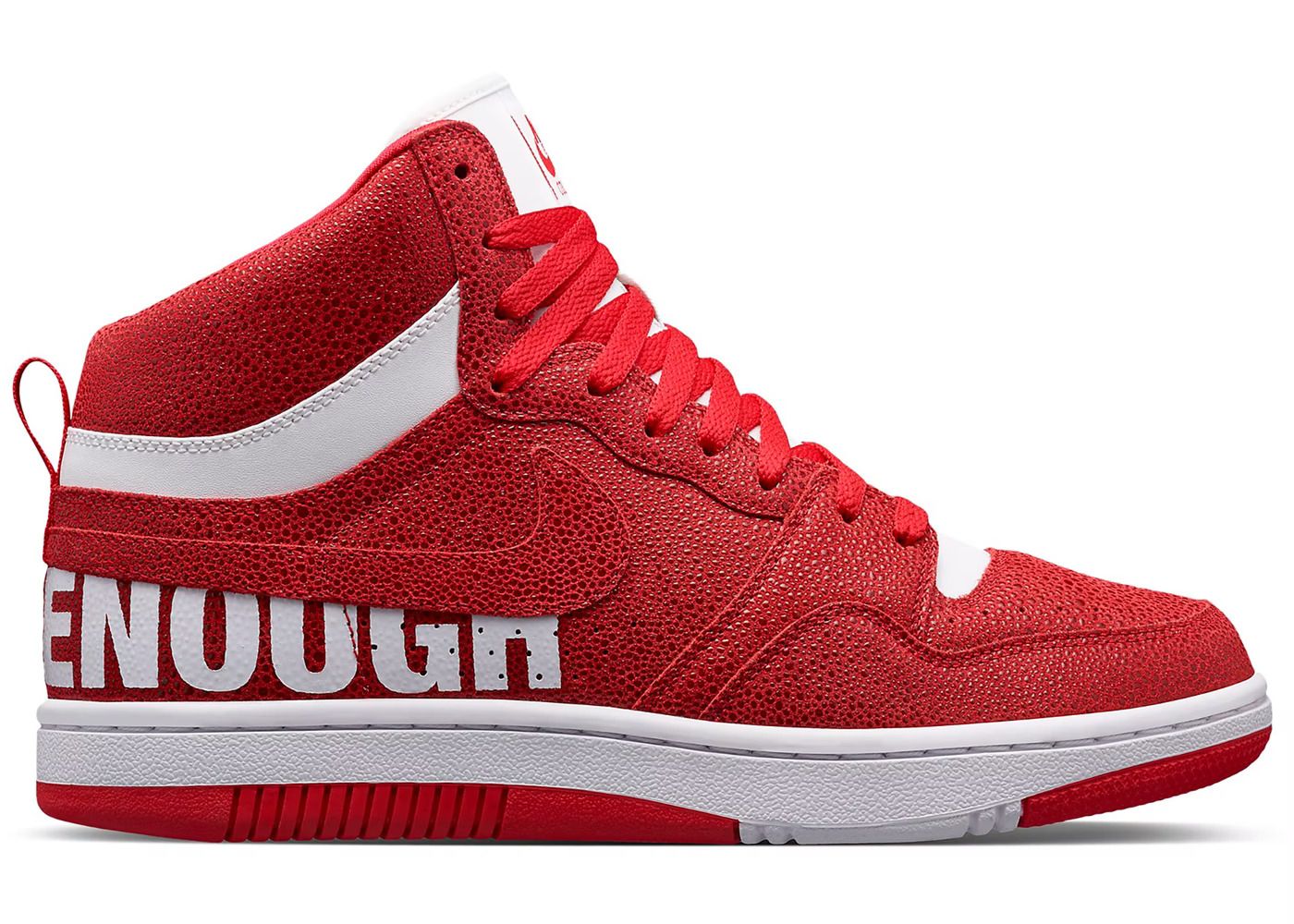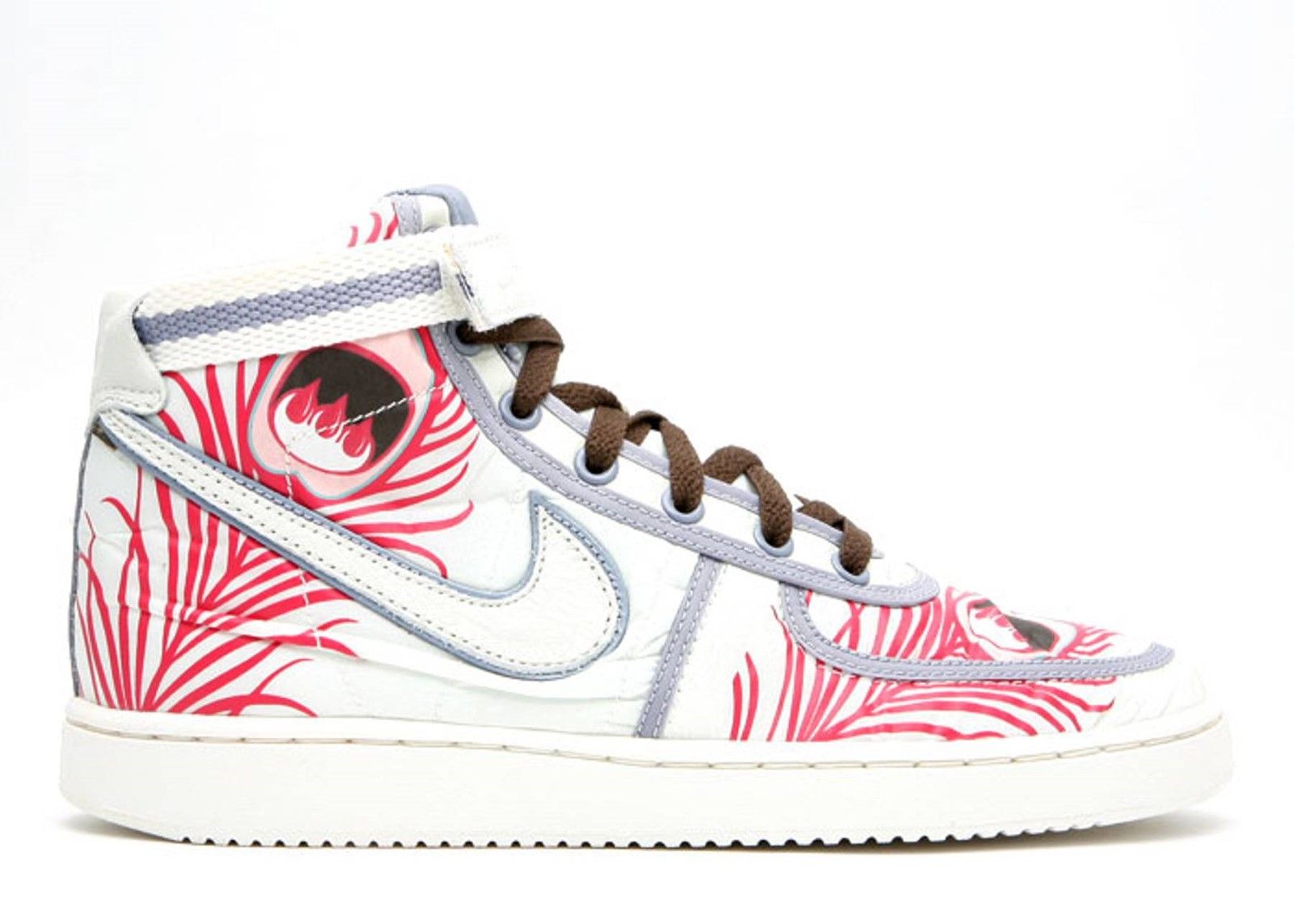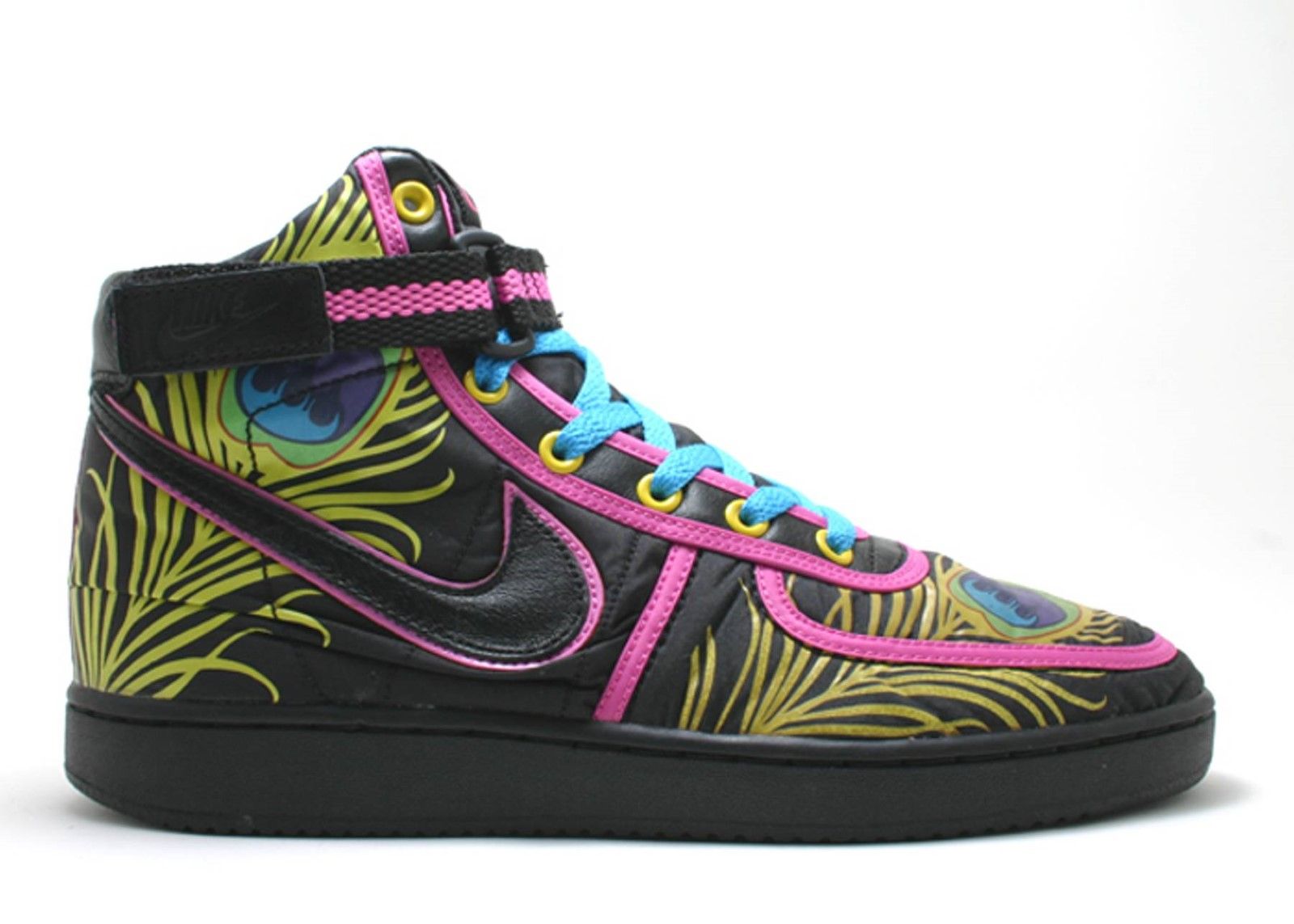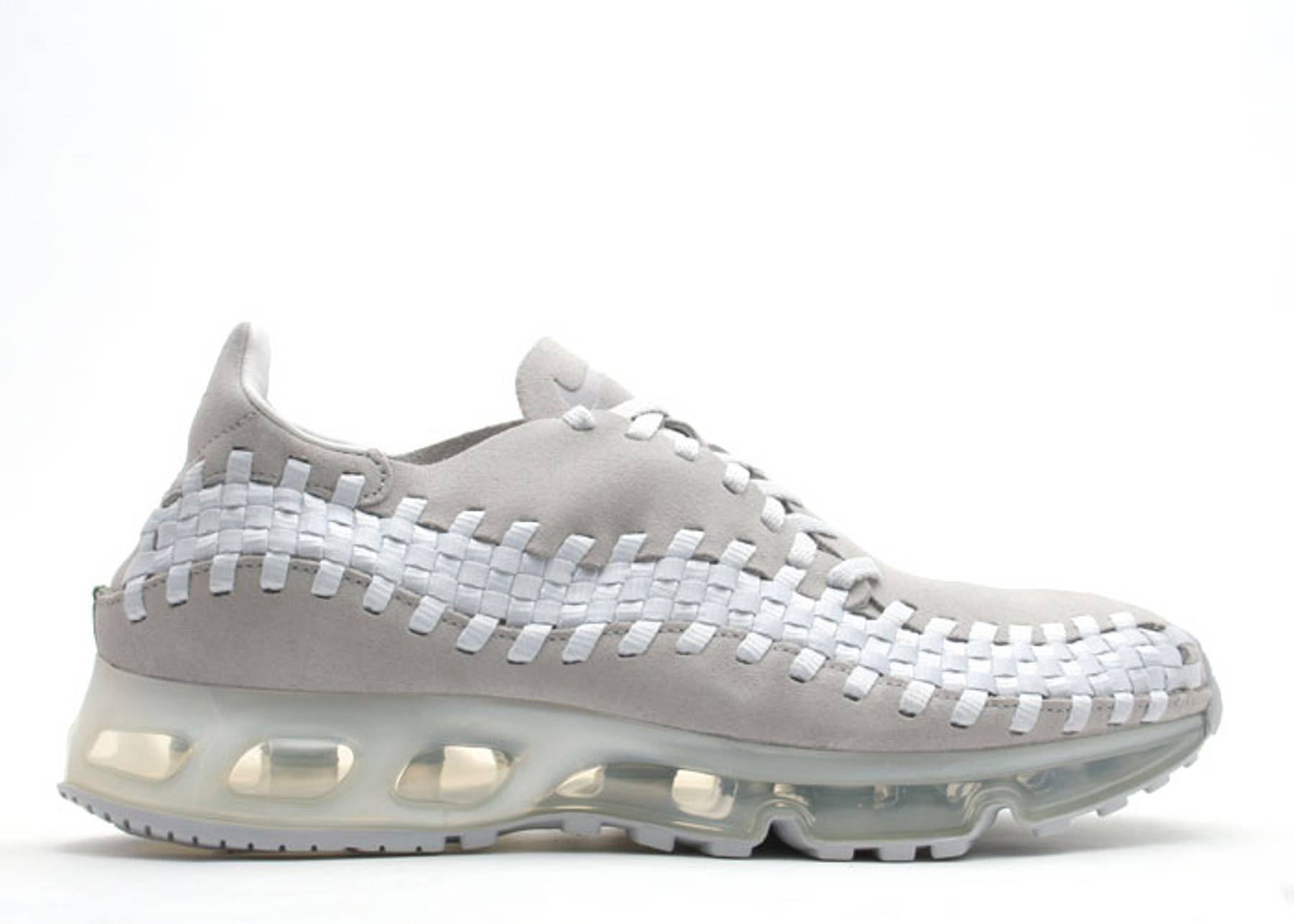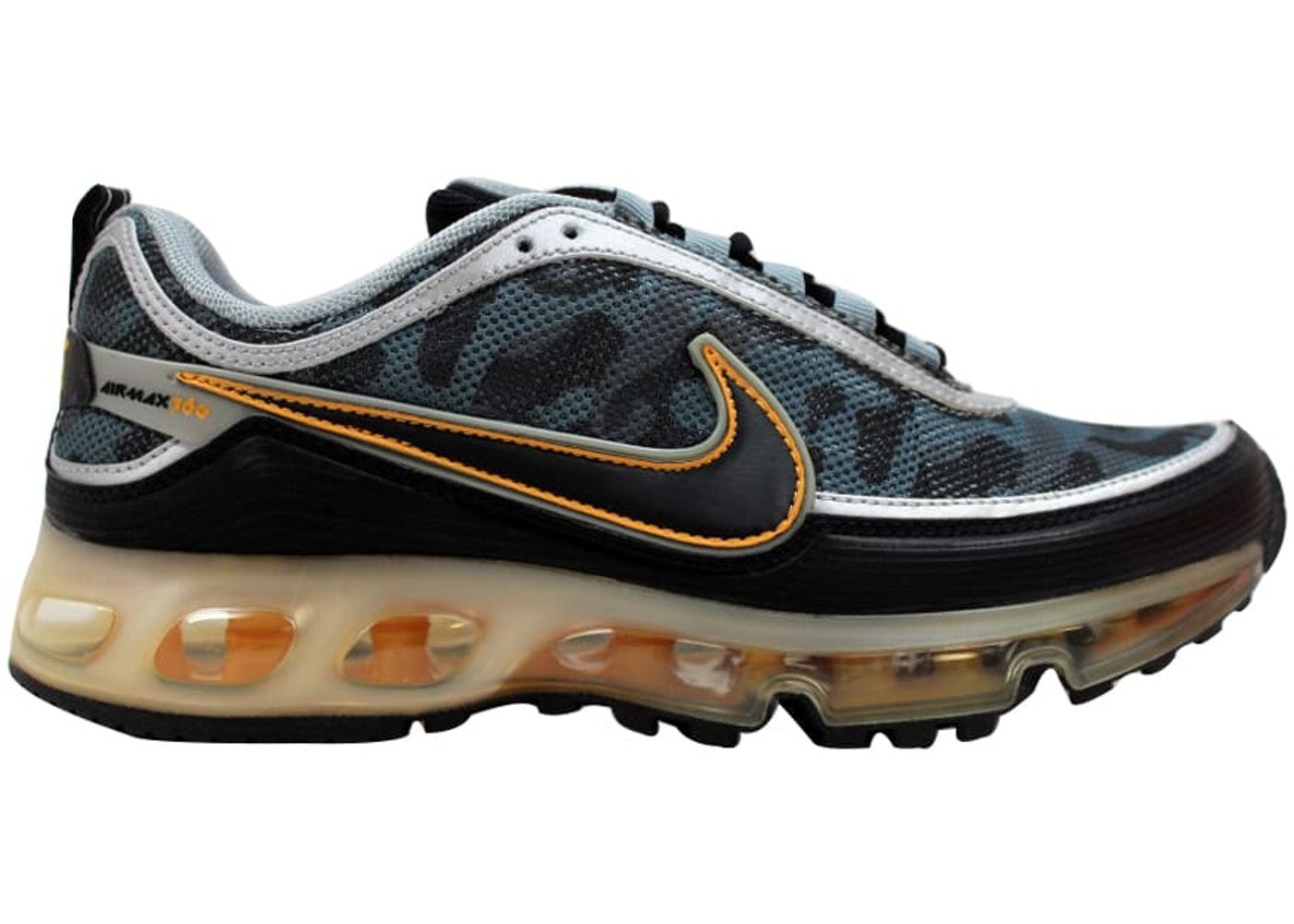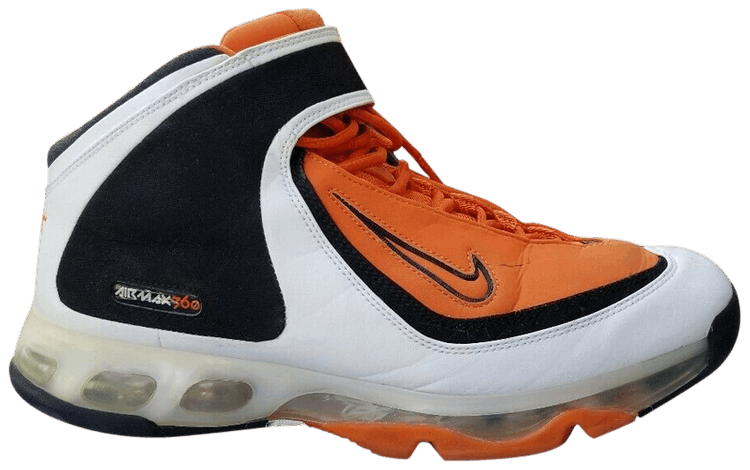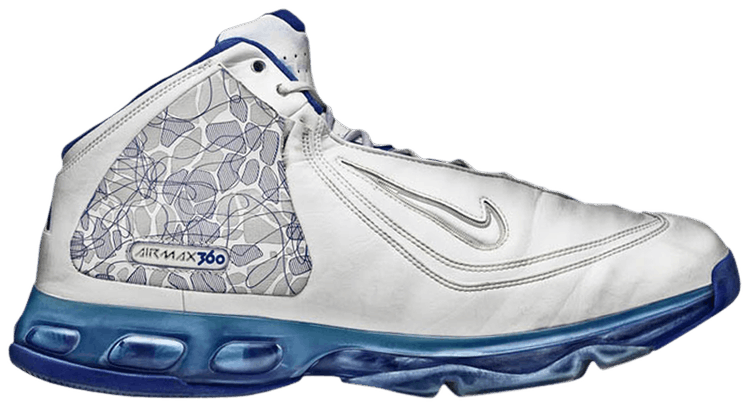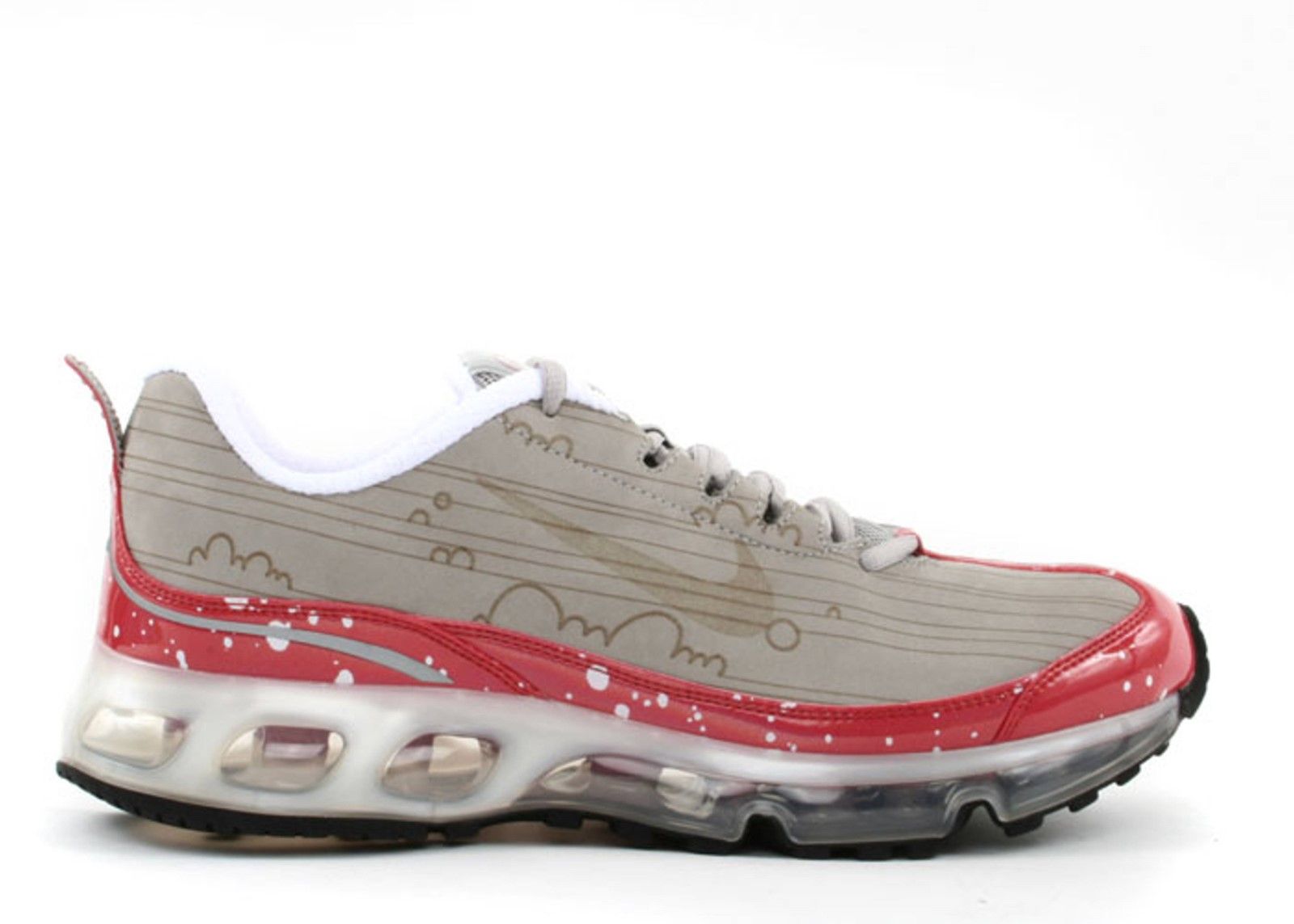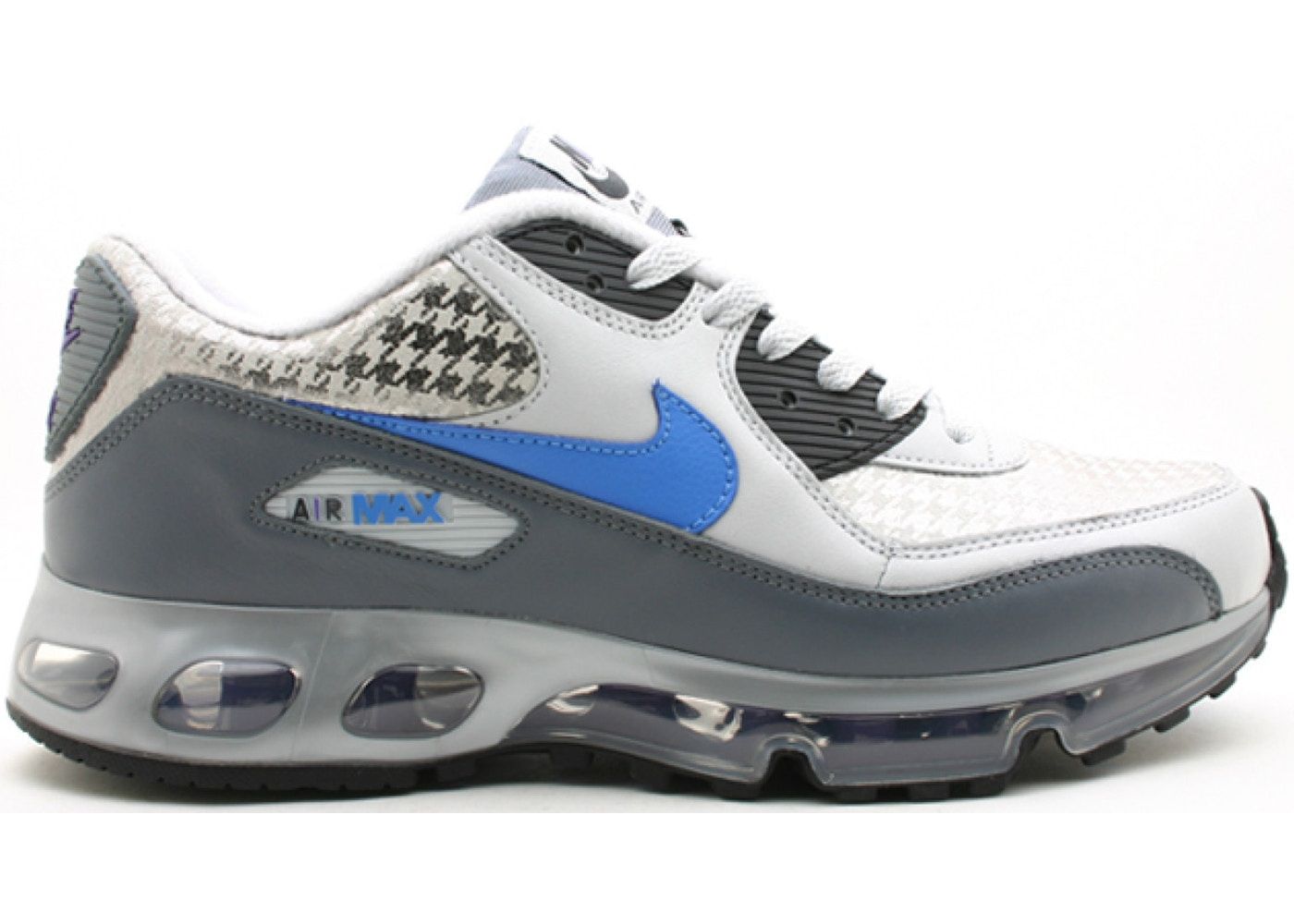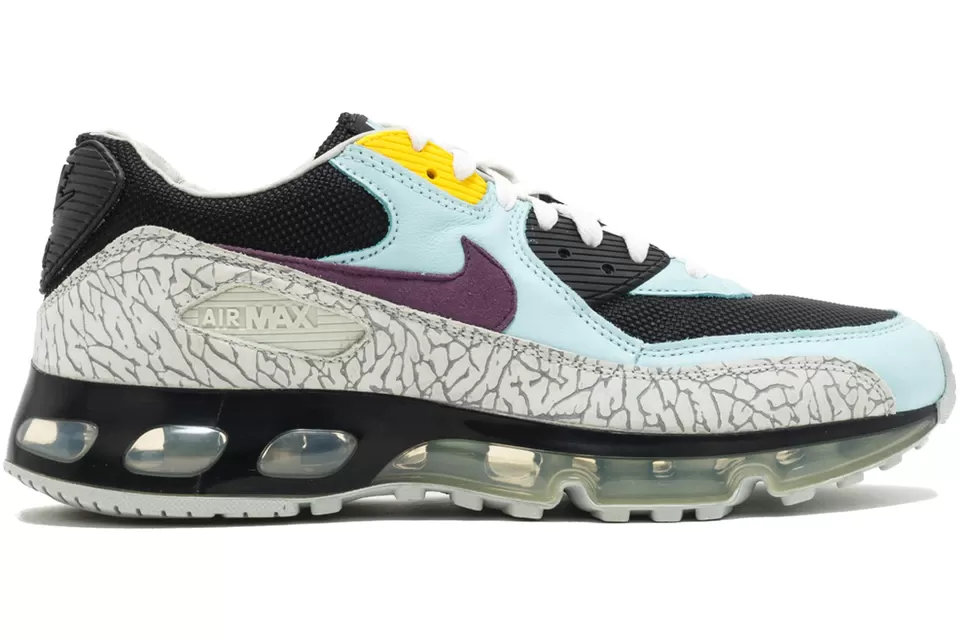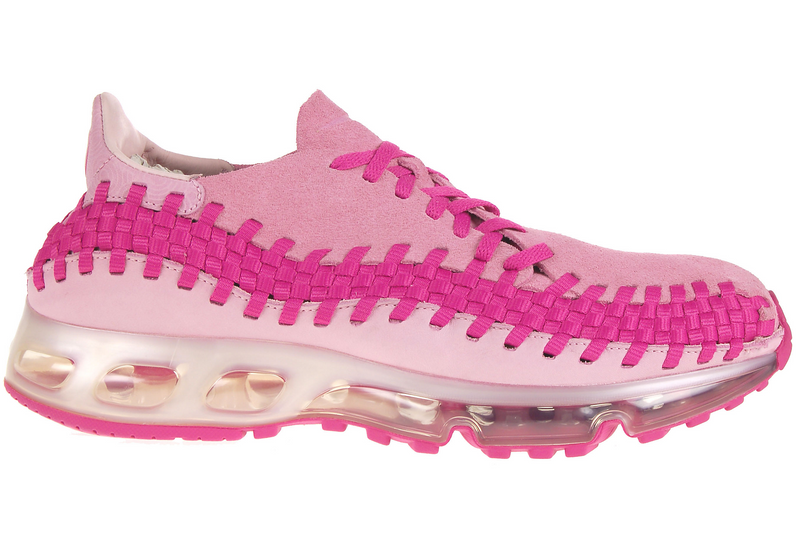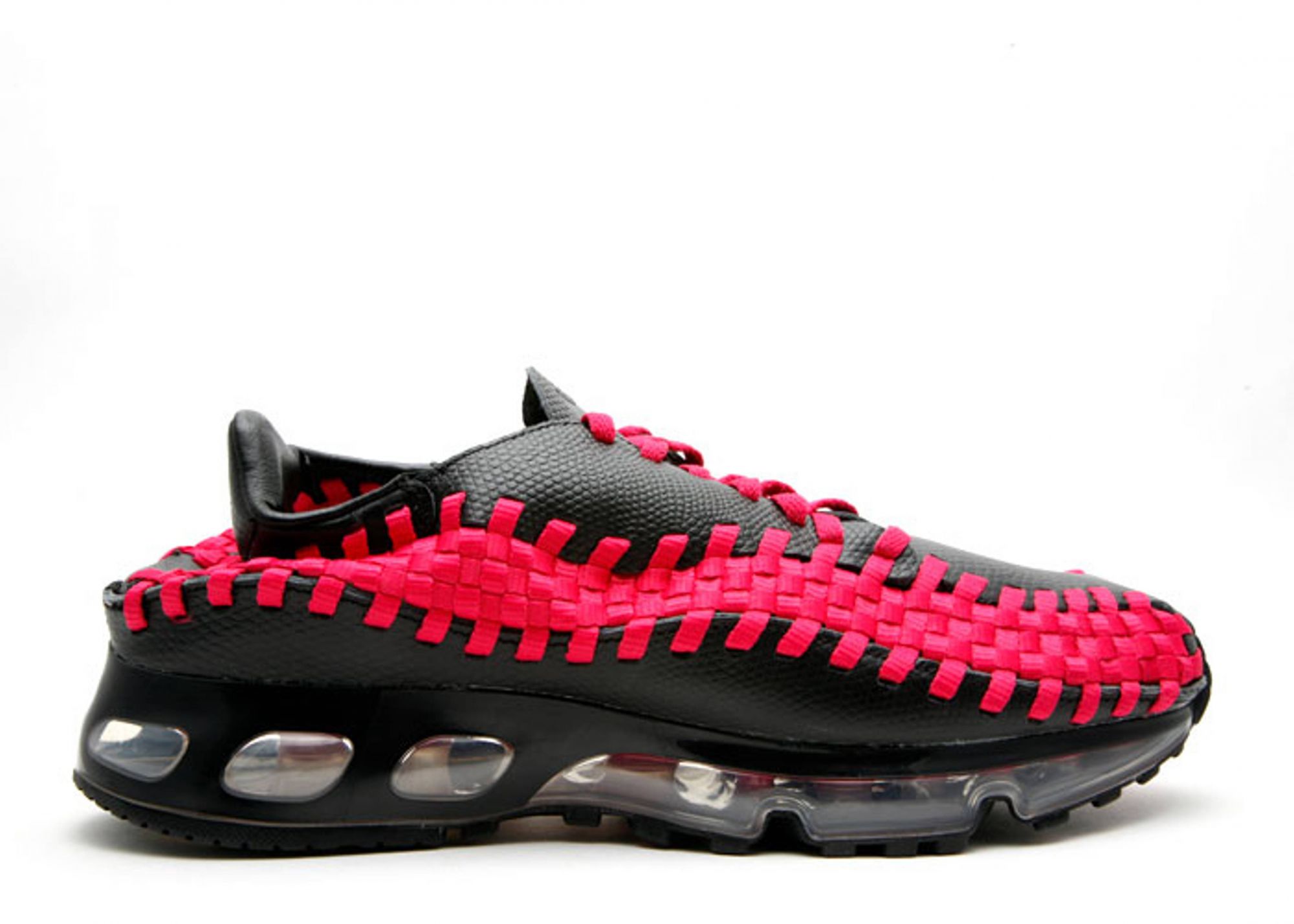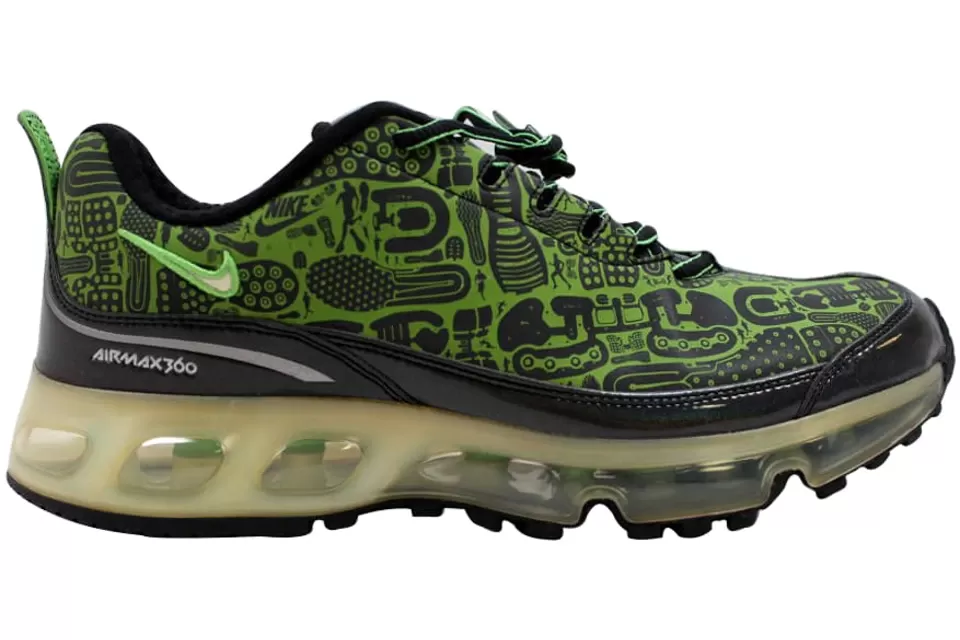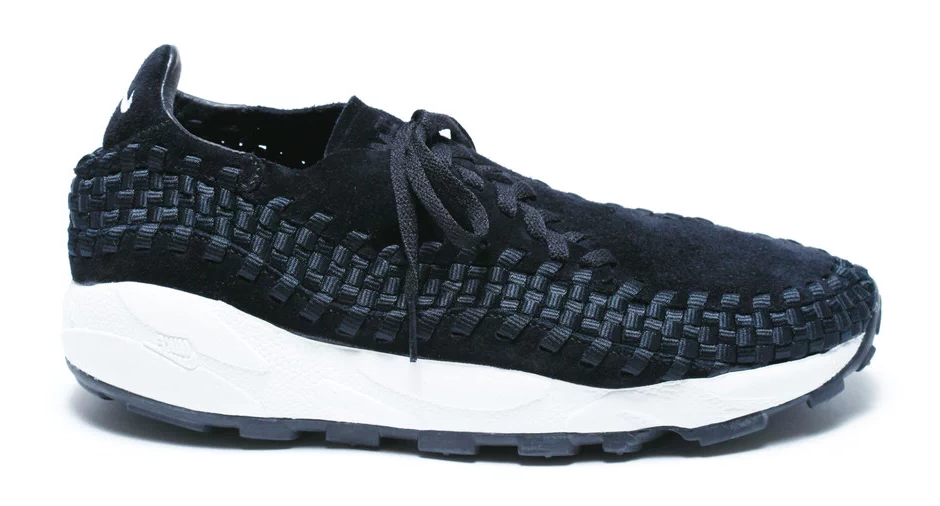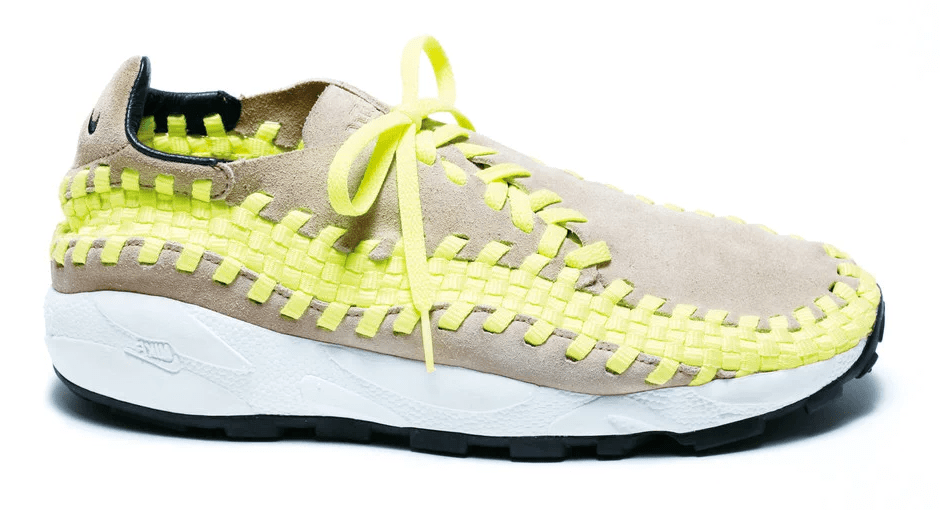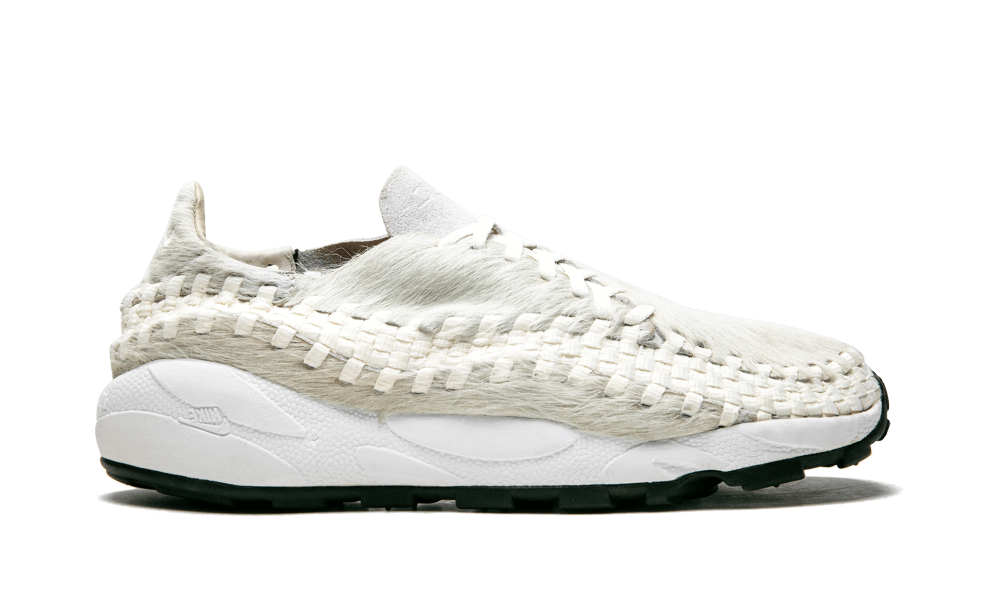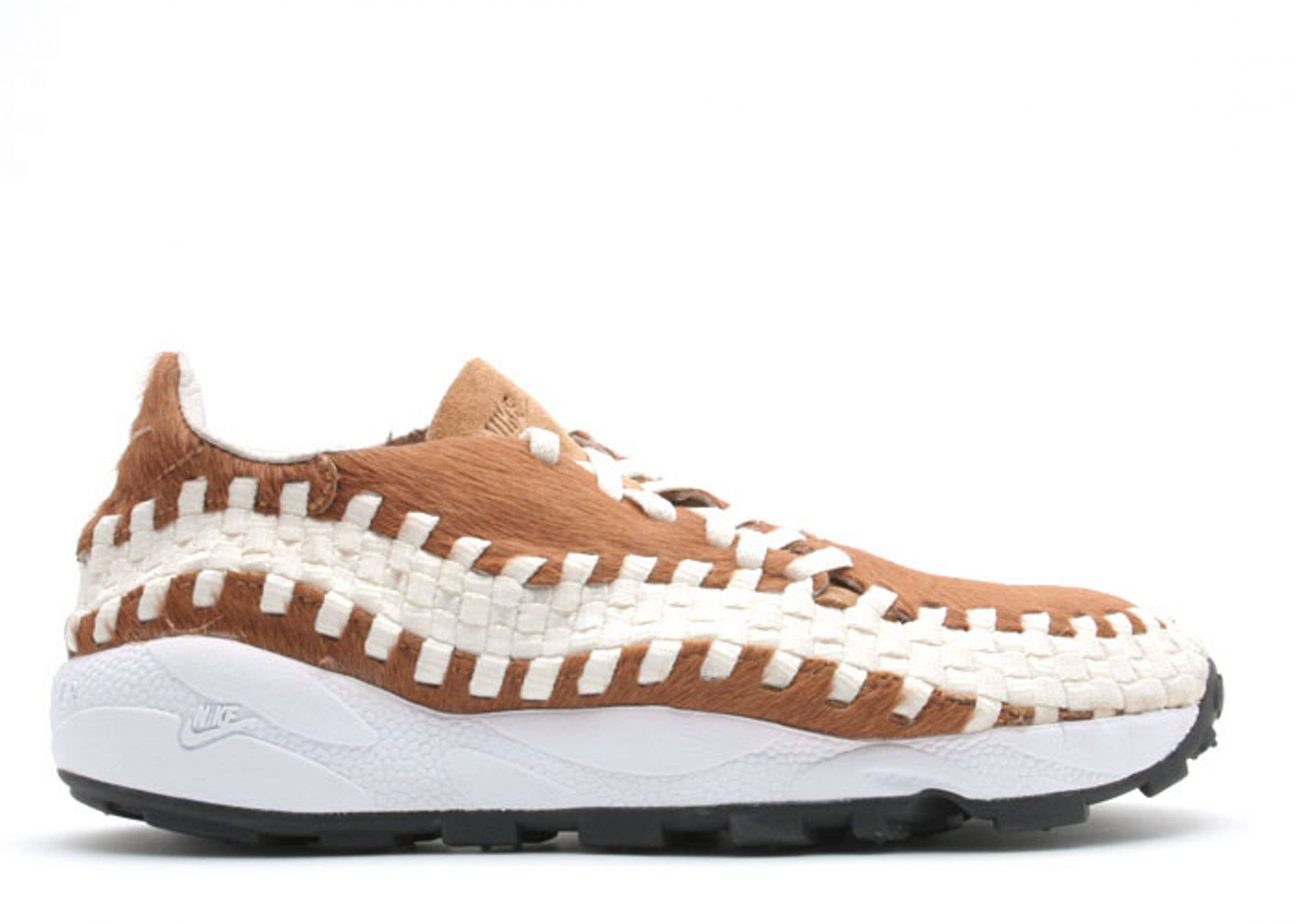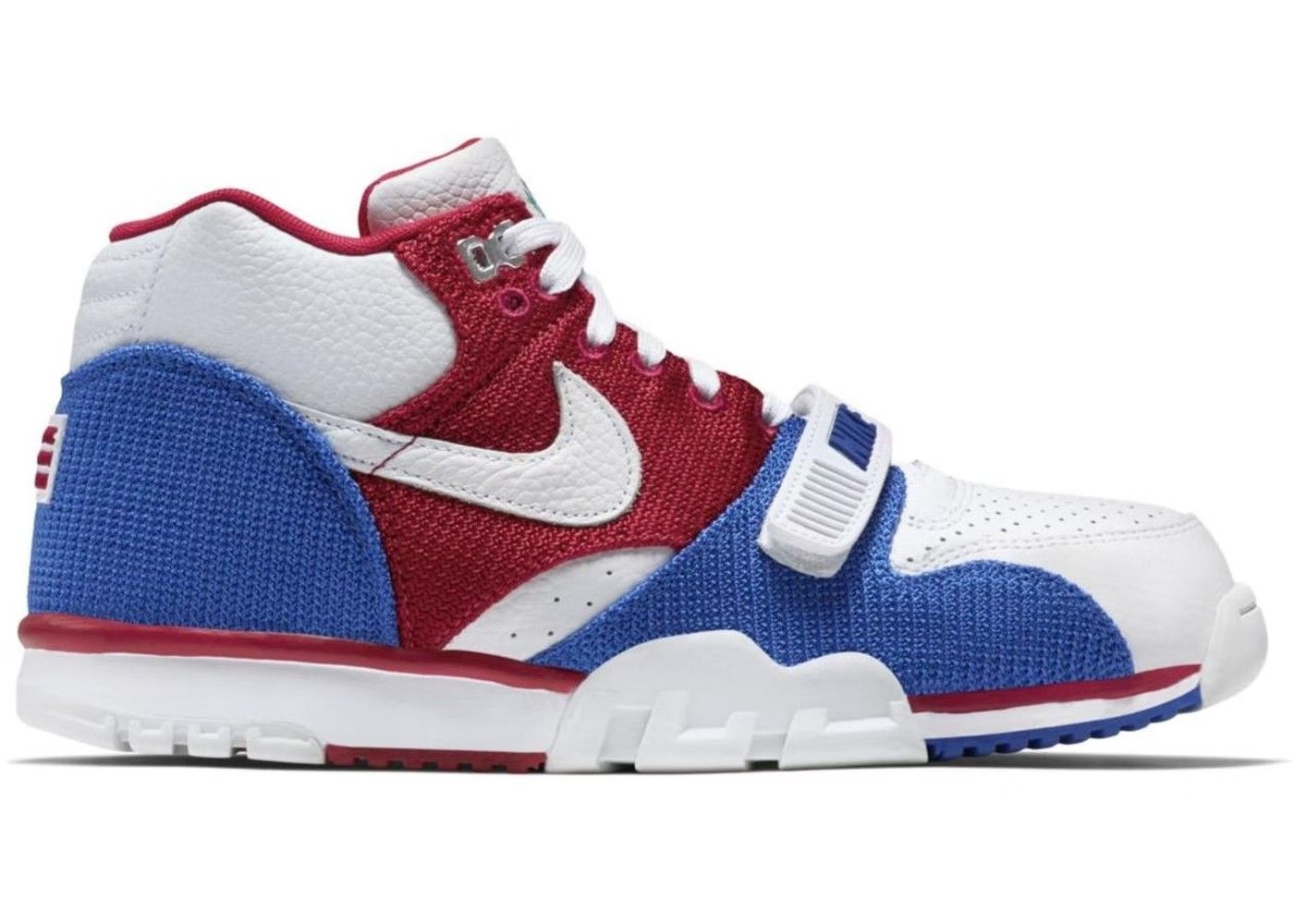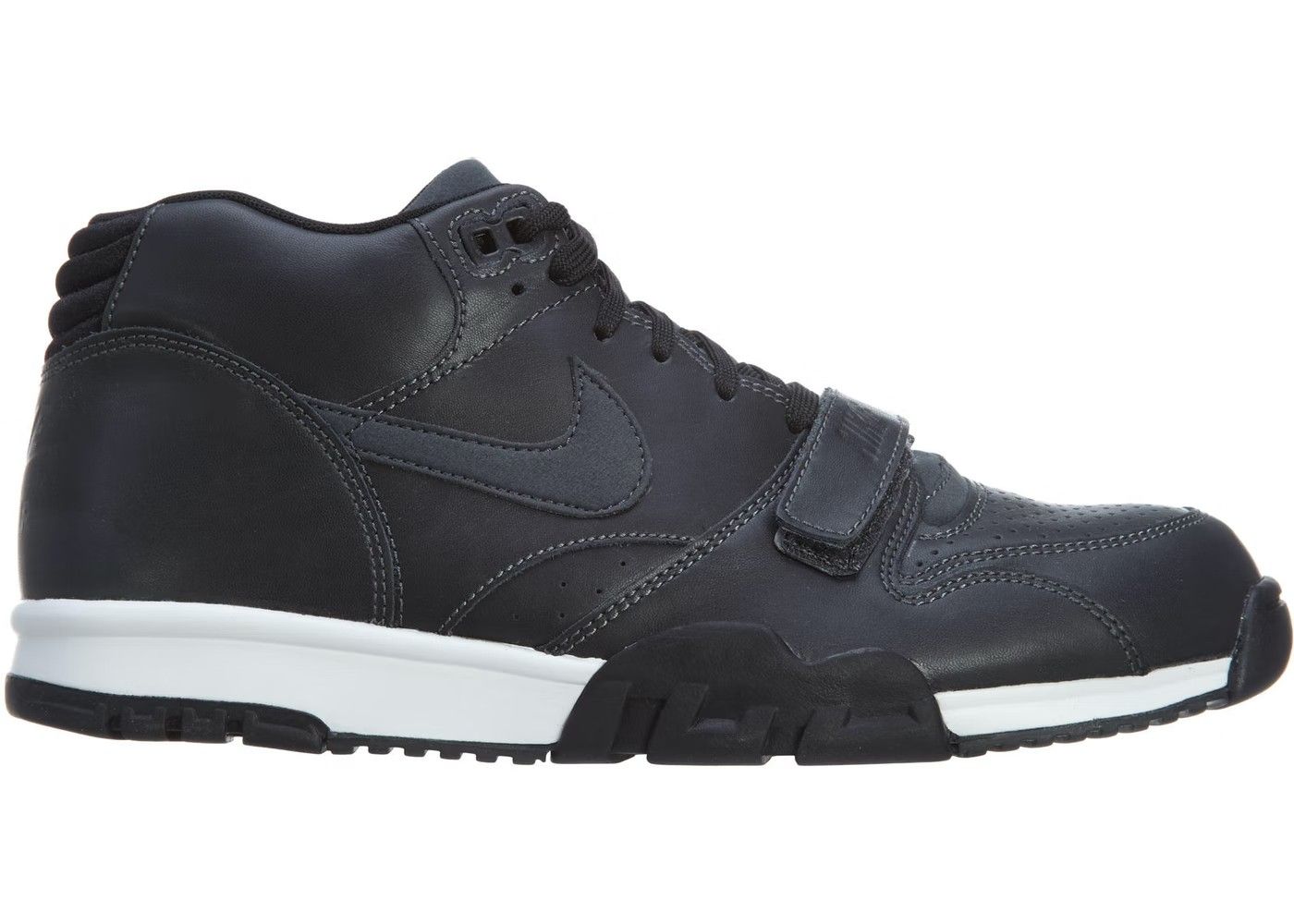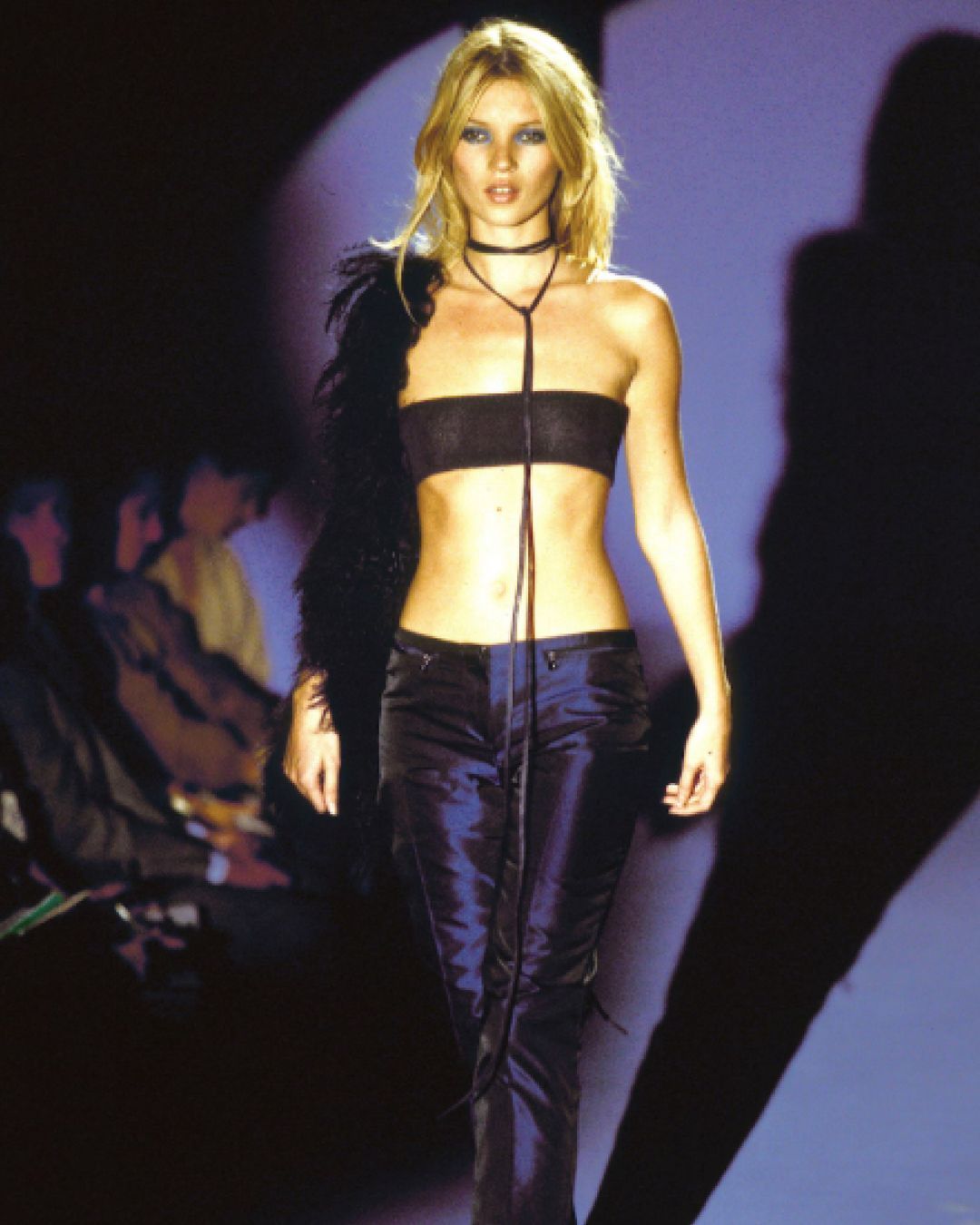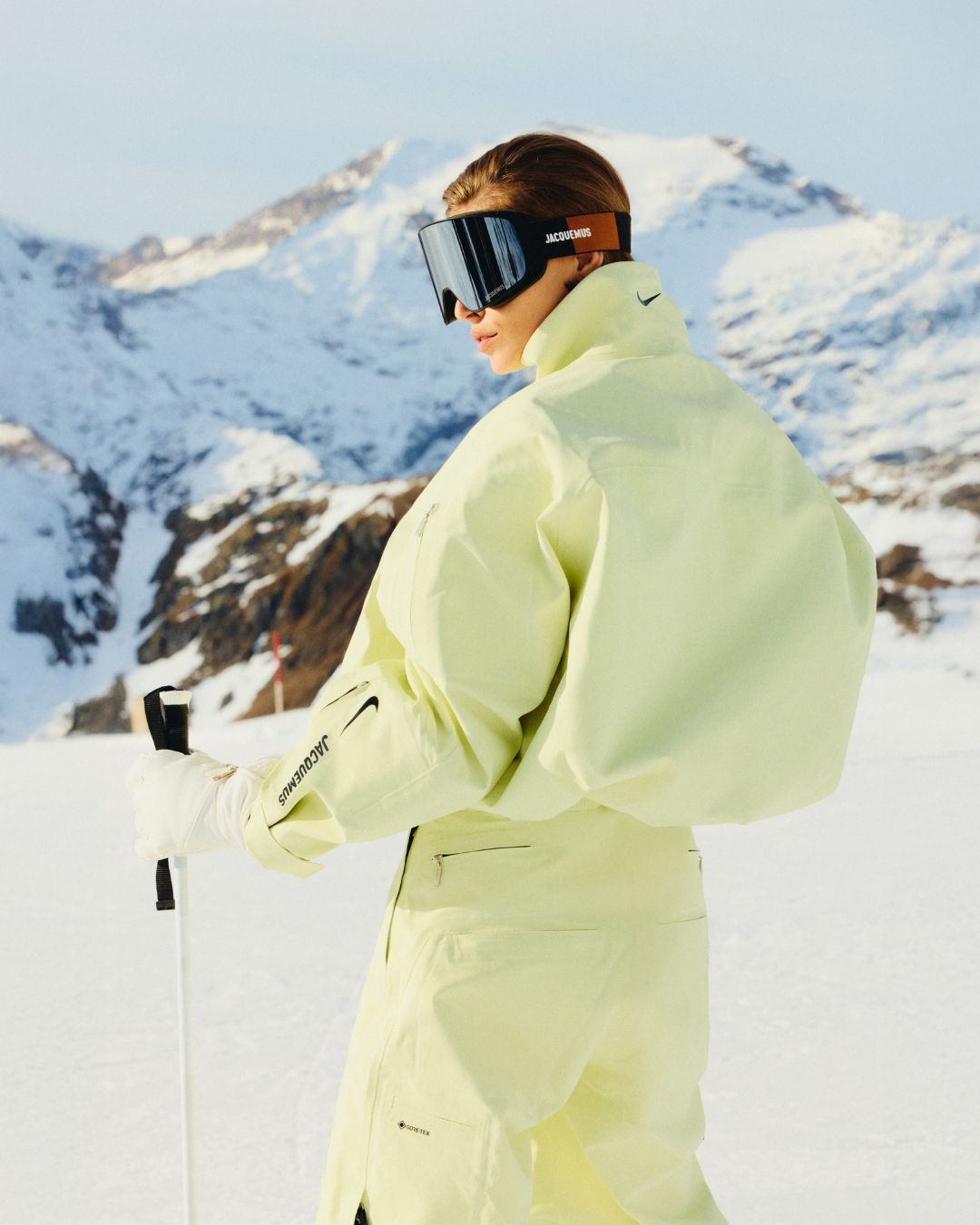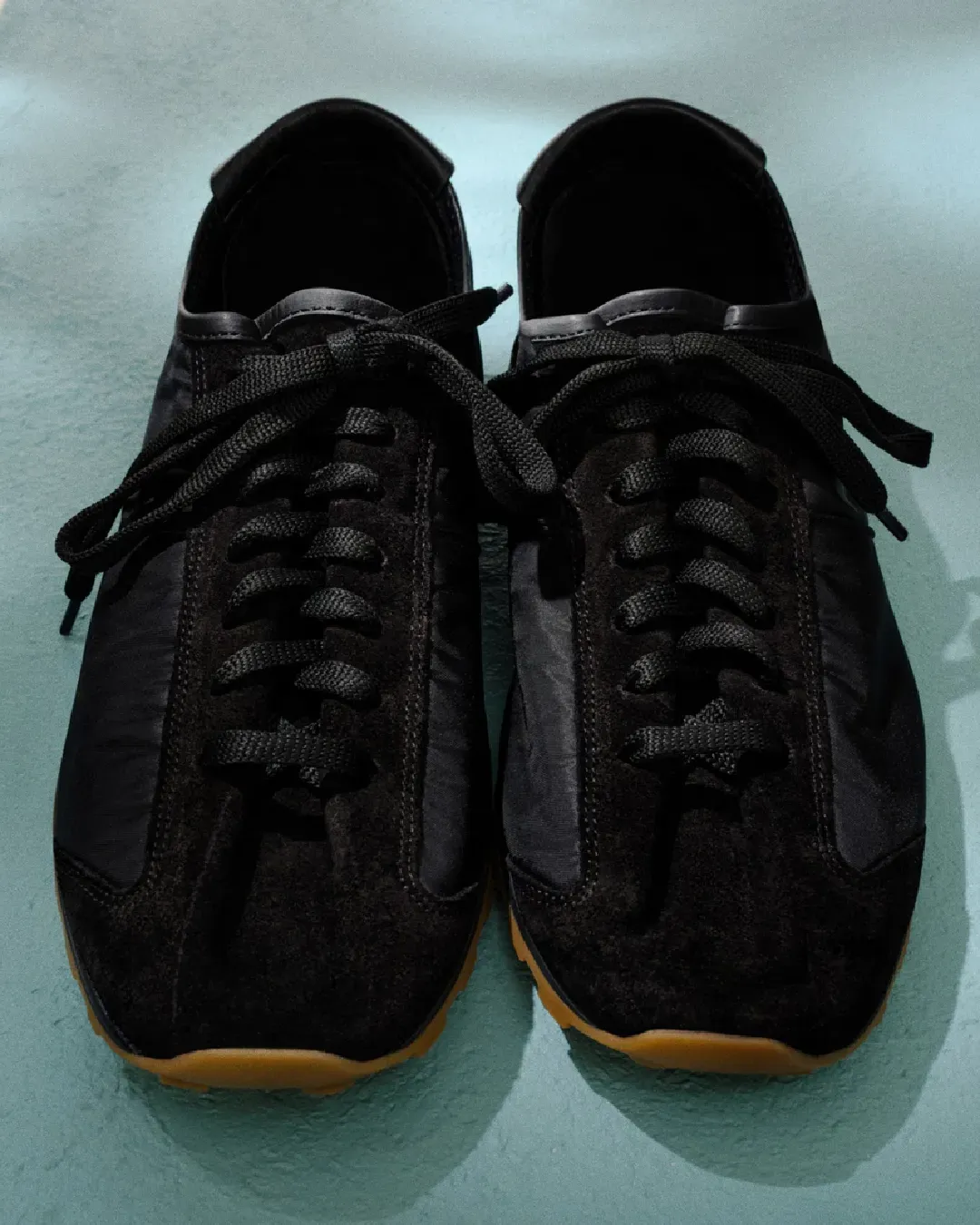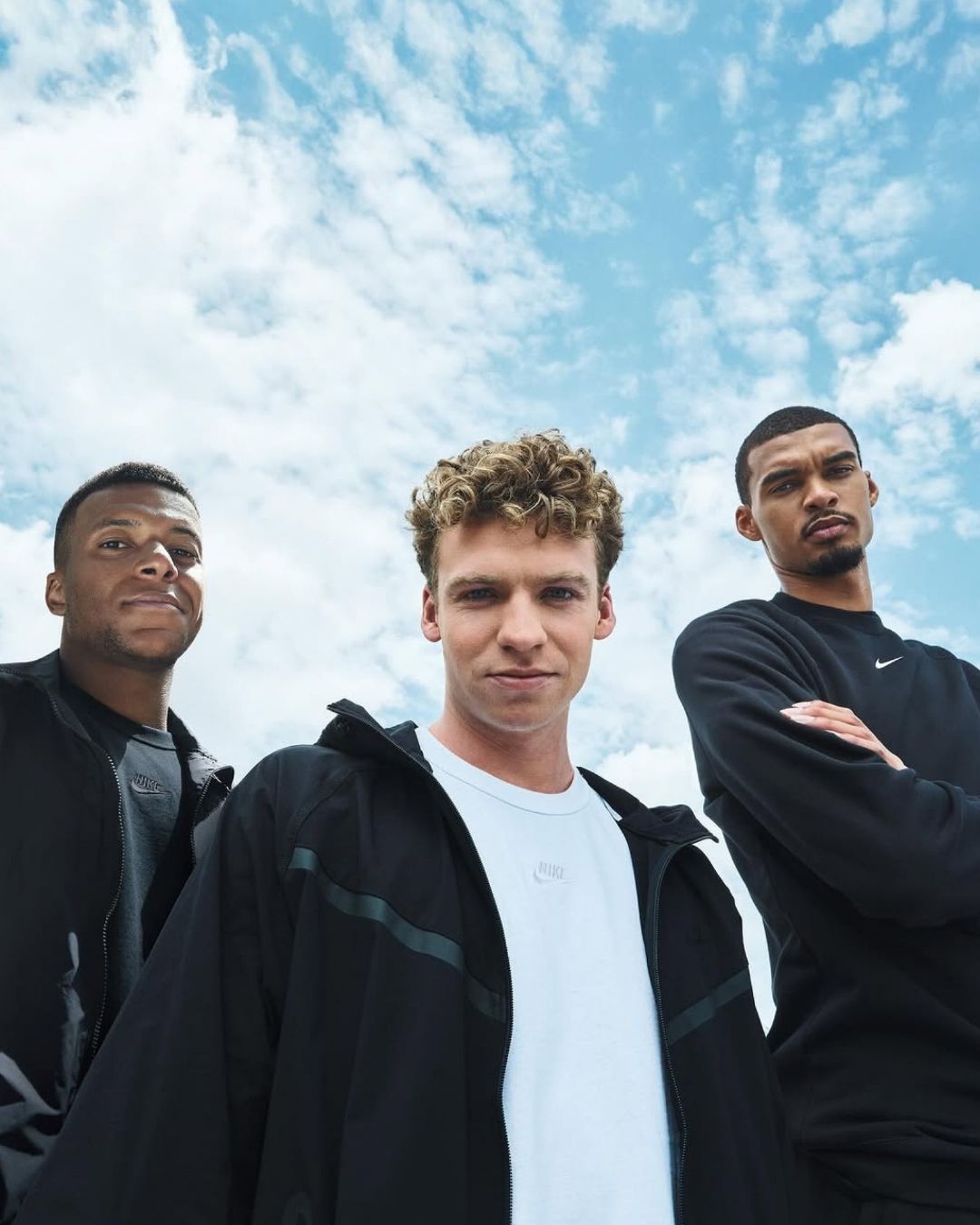
5 historical silhouette from which Nike should start again The archive as an antidote to the saturation of the sneaker market
In 2022, years after the streetwear phenomenon, the sneaker market has reached a state of extreme saturation. Release after release, the sneaker culture began to look to the past, discovering itself passionate about archival models and vintage. The pleasure of archive enthusiasts also comes from the discovery of unusual models, unique in construction and design and often even more surprising than their modern counterparts. Among the major sneaker brands, Nike is not new to the habit of "abusing" certain silhouettes, as happened with the Dunk in recent years, obtaining excellent results in terms of sales but at the same time producing a redundant and not very innovative effect on that of design. That's why we have selected 5 historical models from which Nike should start again to refresh its line and de-saturate the current market – all five of these models could one day connect the world of OG and vintage silhouettes to today's, refreshing the monotony of recent releases and thus creating a timeless bond between newcomers and long-time collectors.
1. Nike Vandal
Released in 1984, the Nike Vandal was one of the first examples of a performance basketball shoe. Production of the model was suspended in 1987 and subsequently resumed in the following decade. Although it was initially conceived as a purely basketball shoe, the Velcro strap that reconciles additional ankle support with the minimal design of the rest of the shoe, has allowed over the years many people to wear this silhouette even in a casual way. At first canvas or nylon fabrics were Swoosh's favorite materials, but later in time Vandal was used for disparate purposes, especially as a canvas for various collaborations with the likes of Geoff McFetridge in 2003 and Claw Money in 2007. Other notable colors include the one that came out in the G.I. Joe pack in 2007, the King of Hearts and the iteration inspired by the Area 72 Rayguns.
2. Nike Court Force
Originally released in 1987 to replace the aforementioned Vandal, the Court Force was conceived as a versatile and viable alternative to the Air Force 1, probably one of the most sought-after Nike silhouettes of the time along with the Air Jordan 1. During the early 2000s artists such as Ryo the Skywalker or brands such as Stüssy, Undercover Gyakusou and Goodenough reworked the shoe with their own style, while internally the design was also used to create unusual hybrids such as the Nike Court Force Mid Free Trail.
3. Nike Air Trainer 1
Created by Tinker Hatfield to be the Oregon brand's first cross-training shoe, the Nike Air Trainer 1 was also released in 1987 through a campaign that included NFL star Bo Jackson and tennis legends John McEnroe and Andre Agassi. The need to create this type of shoe stems from Tinker's need to solve a problem he had encountered while going to the gym. He had noticed that most of the people who went there to train carried both a basic running shoe and a training shoe. So he began to think of a design that could combine the two components together. In the past the silhouette has undergone many aesthetic changes, to adapt to various sports. As a result of this, a multitude of evolutions of the Air Trainer 1 came out, with the best being the Air Trainer 2 and 3, the Nike Air Trainer SB, the Air Trainer SC and the Air Trainer Max.
4. Nike Footscape Woven
The Nike Air Footscape Woven is a hybrid model that incorporates the sole of the Nike Air Footscape and the upper of the Nike Air Woven. It was first introduced to the sneaker world through a collaboration with Hiroshi Fujiwara. The four HTM (Hiroshi-Tinker-Mark) colors were released in 2005 and sold exclusively on Nike's Japanese website. Although the HTM may be the most coveted Footscape by collectors, there are other very interesting models such as the "F.C.R.B." Nike Air Woven Footscape, released in just 30 pairs for Nike's 'Joga Bonito' event in Tokyo in 2006. The design of the shoe mimics the 8 iterations of the Nike Air Woven Footscape "World Cup" designed for the 2006 World Cup, referring to the virtual football team of F.C.R.B. In fact, when we talk about the Football Club Real Bristol, we are not talking about an actual football team but about a brand created by the Japanese brand SOPHNET. The sneakers were unofficially included in the pack just mentioned to represent a hypothetical ninth team in the series. In addition, a notable touch in the design of the shoe consists of the number "12" embroidered on the heel, a nod to the 11 players plus the coach who make up a football team.
5. Nike Air Max 360
In 1997, an Air Max was introduced consisting of a sole composed entirely of Air. At that time the possibilities of this new technology were endless. At one point Nike noticed that this sole design could prove to be one of the most versatile ever created, and they began to take it to the lab to fantasize about dozens of unimaginable hybrids, which today we consider as some of the best non-OG Air Max ever. So it was that in 2006 the final result came out and perhaps the most futuristic shoe of the time, called Air Max 360, which presented the first Air Max sole created without the use of foam, an element that reduced the actual weight of the product to only 368 grams. Some of the most interesting fusions between Air Max created up to nowadays were characterized by the classic Nike Air Max models combined with an Air Max 360 sole. More in detail, Nike's ONE TIME ONLY collection, along with the Air Max 90 and Basketball hybrids, represented the high point of this concept.










































